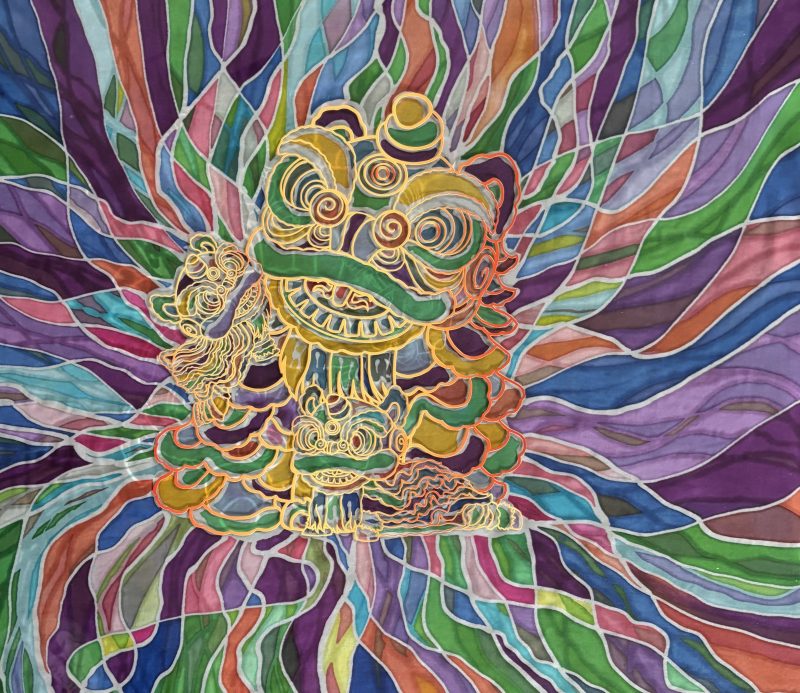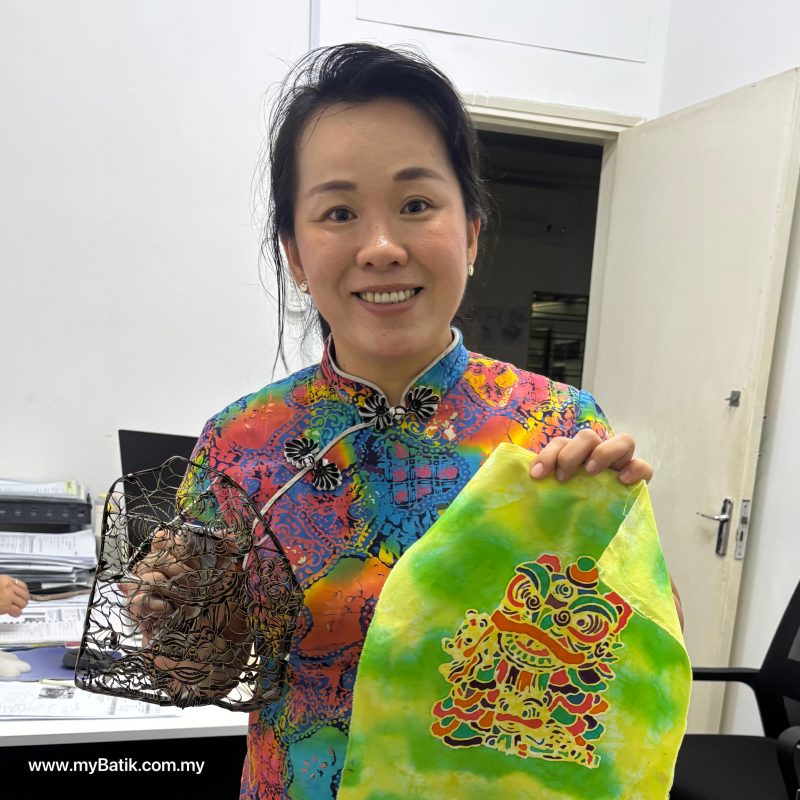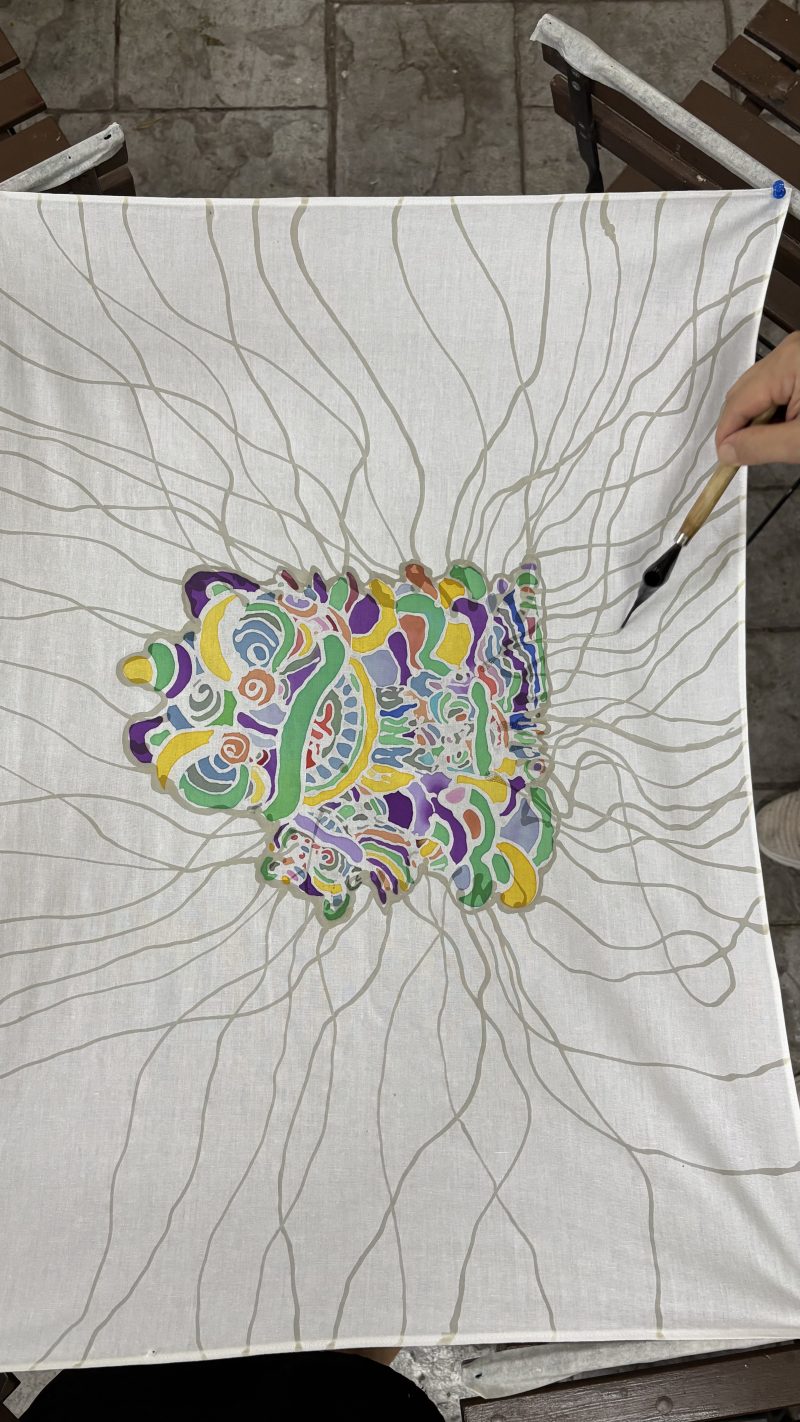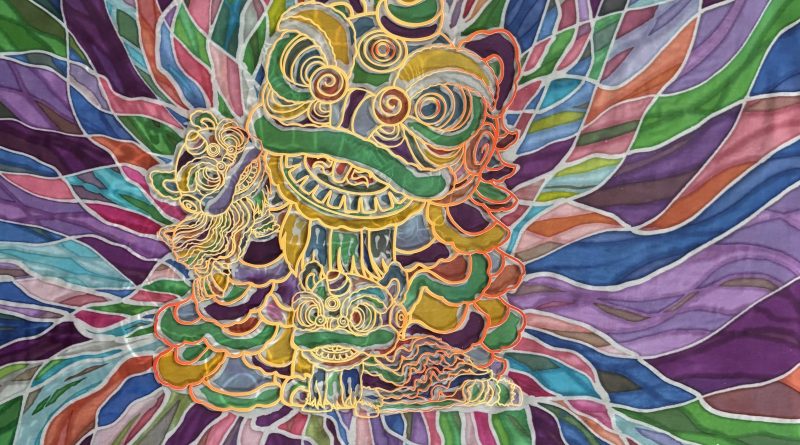Batik Lion Dance
传统中华舞狮和马来西亚蜡染的结合!终于诞生了! 朋友们,这是Khazanah Malaysia 在吉隆坡独立广场大钟楼的一个展示! 2026 的大马会是一个更吸引游客的旅游景点 #myBatik #liondance #emiliatanbatik

why choose the Lion Dance in this Batik Master Piece ?
Here is a clear and accurate explanation of lion dance symbolism, covering Chinese, Southeast Asian, and cultural meanings.
Lion Dance Symbolism
1. Good Luck & Prosperity
The lion dance is traditionally performed to bring good fortune, invite prosperity, and bless new beginnings—especially during Lunar New Year, business openings, weddings, and festivals.
2. Protection From Evil Spirits
Lions are viewed as powerful guardians.
The dance’s loud drums, cymbals, and energetic movements are believed to scare away negative energy and evil spirits, cleansing the space for positive energy.
3. Strength, Courage & Power
The lion represents:
• Strength
• Bravery
• Royal authority
• Overcoming challenges
This is why it often appears in rites of renewal or times of transition.
4. Harmony & Balance
Many lion dance movements pair a head dancer and tail dancer, symbolizing:
• unity
• teamwork
• the harmony of yin and yang
• balanced forces working together
5. Wealth and Abundance (Cai Qing – “Plucking the Greens”)
In the famous “plucking the greens” segment:
• The lion “eats” lettuce (生菜 sheng cai)
• “Sheng cai” sounds like “growing wealth”
• The lion then spits out the lettuce over the crowd as a blessing of abundance.
6. Cultural Pride & Heritage
Lion dance preserves centuries-old martial arts, acrobatics, music, and folklore.
It symbolizes community identity, ancestral traditions, and the passing of culture to younger generations.
Symbolism of Colors (varies by region)
Chinese Northern/Southern Lions
• Red – luck, happiness, celebration
• Gold – wealth, prosperity
• Black – courage, strength
• White – wisdom, purity
Cantonese Southern Lions (Hok San / Fut San)
They may also represent legendary heroes like the Five Tiger Generals, each with symbolic colors and meanings.
Symbolism in Movements
• Playful movements → spreading joy and harmony
• High stances / jumping → overcoming obstacles
• Sleeping & awakening → renewal and rebirth
• Lion drinking water → absorbing blessings from the environment
• Lion bowing → respect to ancestors, hosts, and community
Batik Lion Design — Step-by-Step Process Canting & Stamping
for stamping is easy cos just need to make a copper blok / stamp and keep on repeat the design on the cotton
1. Concept & Design
• Choose lion pose, style, and color scheme.
• Sketch the composition and plan light-to-dark dye layers.
2. Fabric Preparation
• Wash, dry, and iron fabric.
• Stretch or secure it on a frame.
3. Drawing the Outline
• Lightly sketch the lion on the fabric using pencil or fabric marker.
4. Heating Wax & Preparing Canting
• Melt batik wax at safe working temperature.
• Test flow of the canting on scrap fabric.
5. First Wax Application (Outlines)
• Use canting to wax all main outlines of the lion.
• Preserve white areas (eyes, teeth, key highlights).
6. Wax Texture Details
• Add mane and fur textures with fine canting strokes.
• These resist the first dye to create highlights.
7. First Dye Bath (Lightest Color)
• Dip fabric in the lightest dye.
• Dry completely.
8. Second Wax Layer (Protect First Dye)
• Wax areas where you want to keep the first color.
• Add more texture and detail.
9. Repeated Dyeing & Waxing
• Apply darker dyes step-by-step.
• Add wax after each dye to preserve color layers.
• Build shadows, depth, and mane richness gradually.
10. Final Waxing for Deepest Details
• Reinforce outlines and add final fine details.
• Prepare for the last dark dye if needed.
11. Wax Removal
• Remove wax using ironing-with-paper or hot water method.
• Rinse and wash fabric thoroughly.
12. Finishing
• Dry, iron, and mount or frame the completed batik lion artwork.
if you like to have a special batik project with us , please email to emilia@mybatik.com.my






